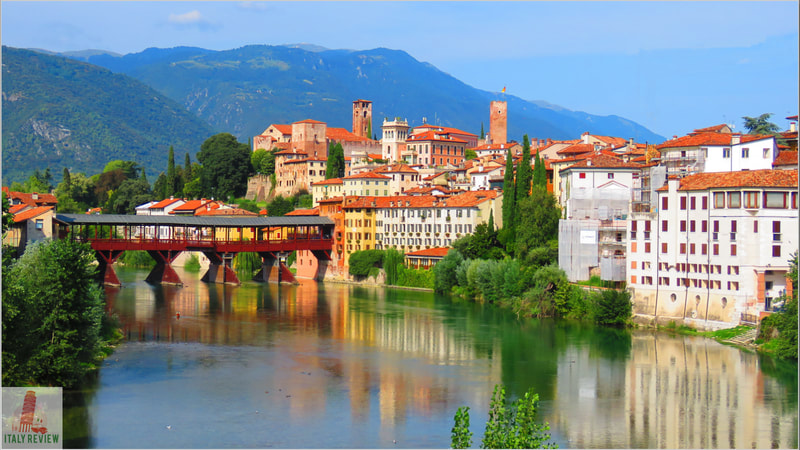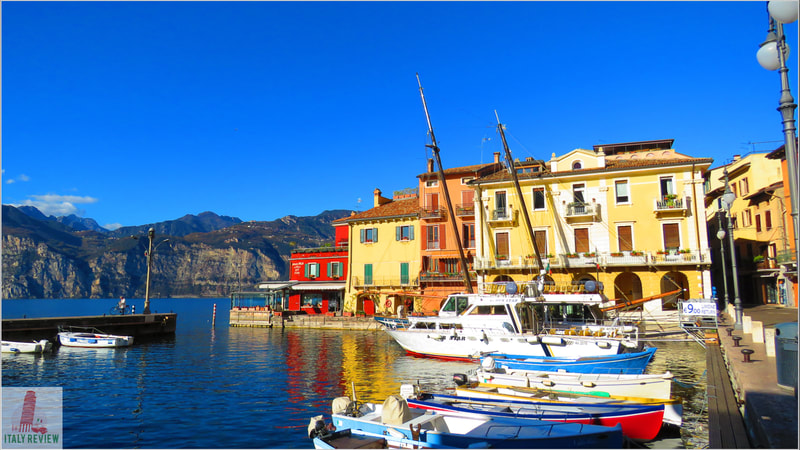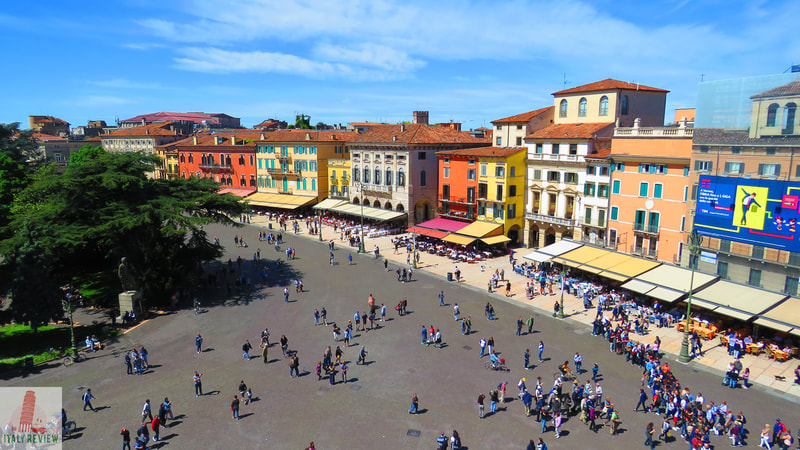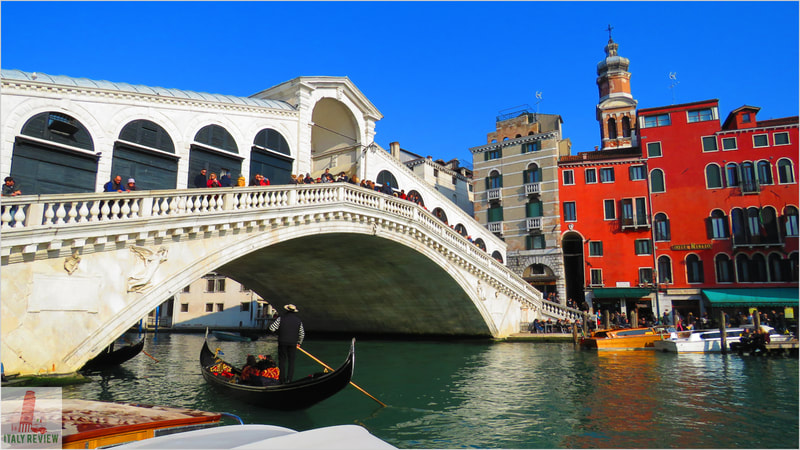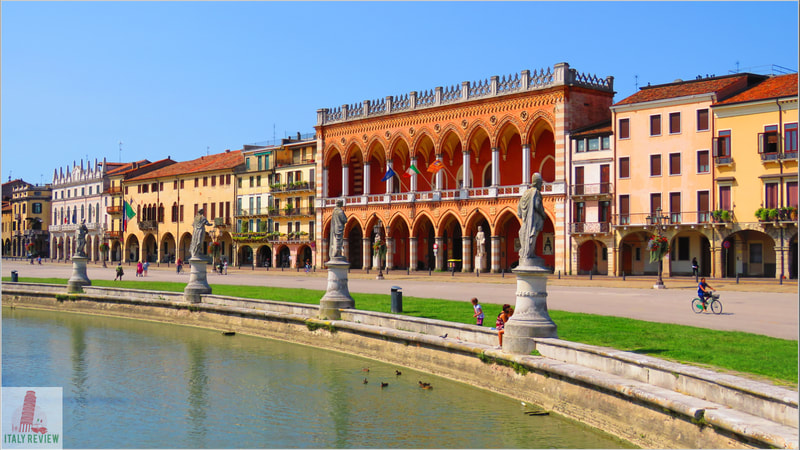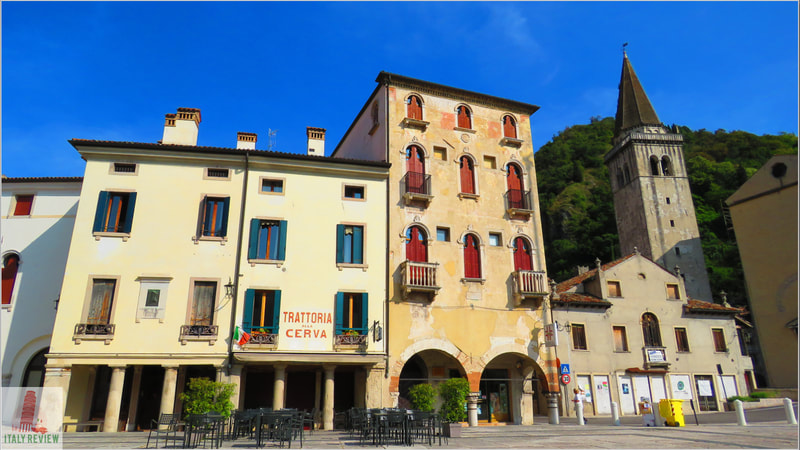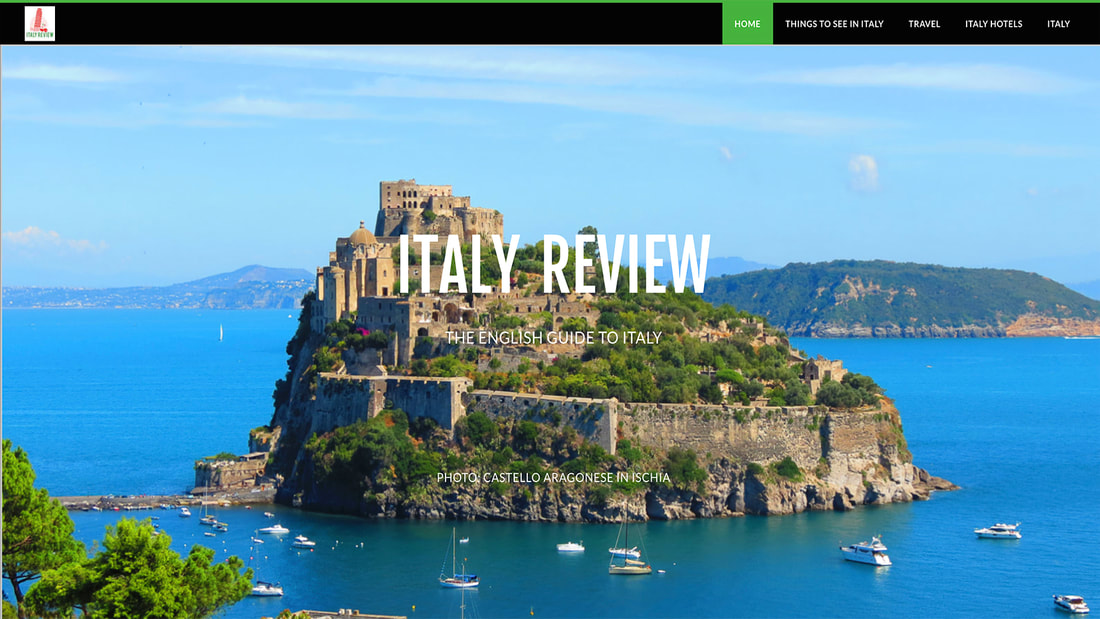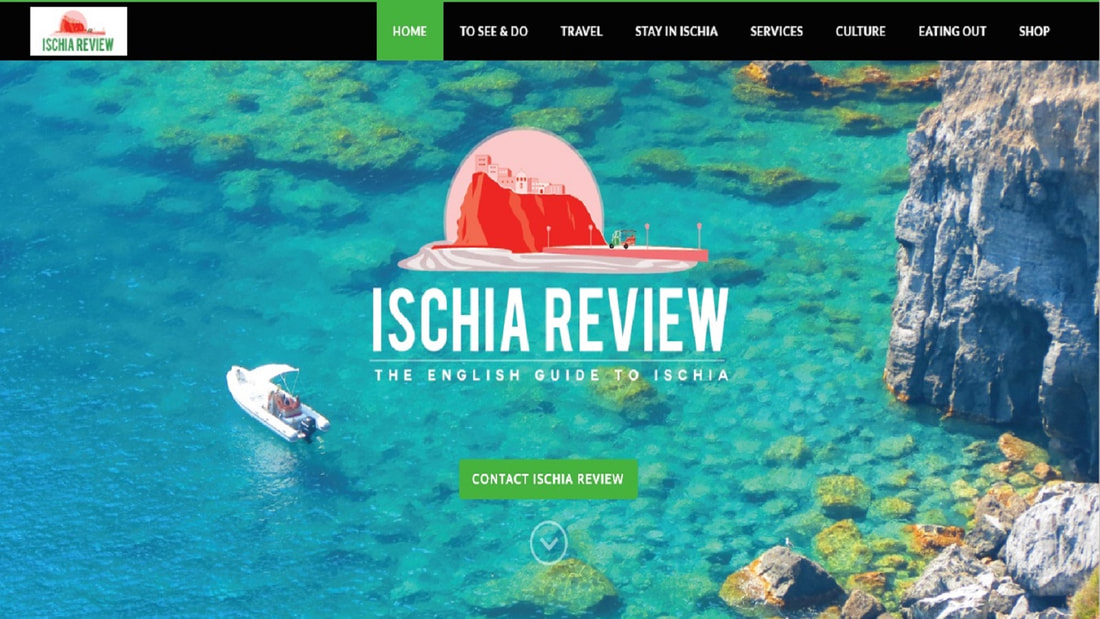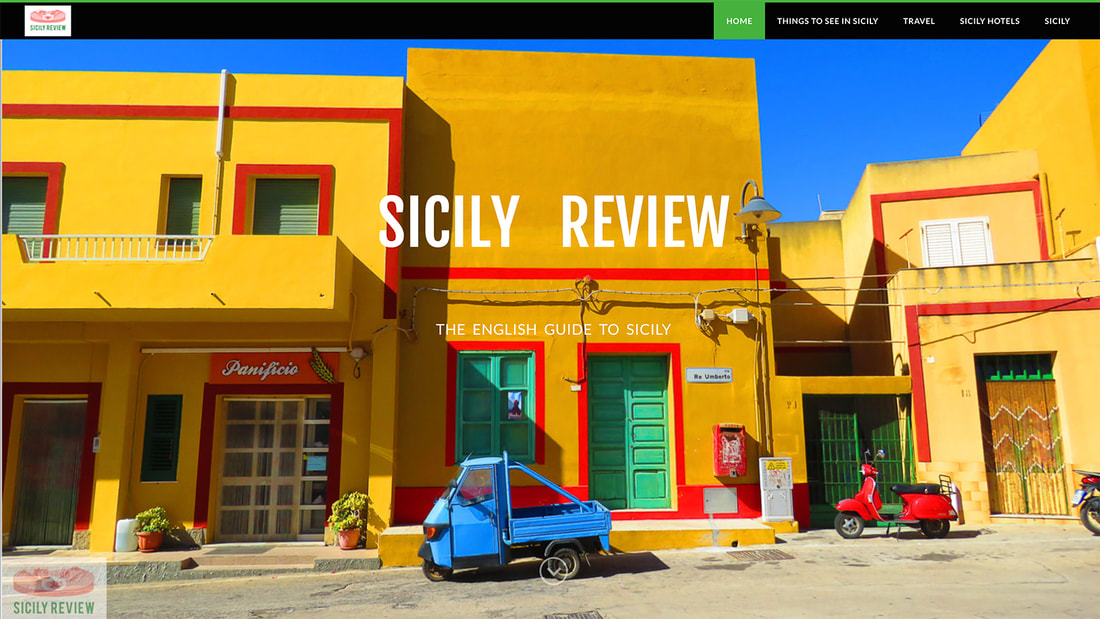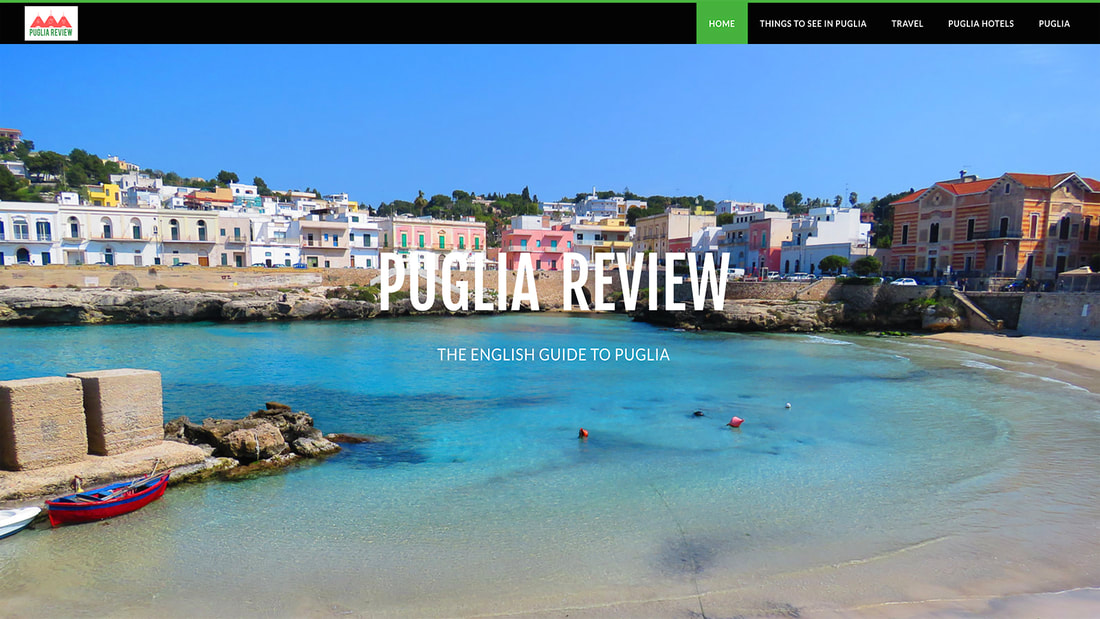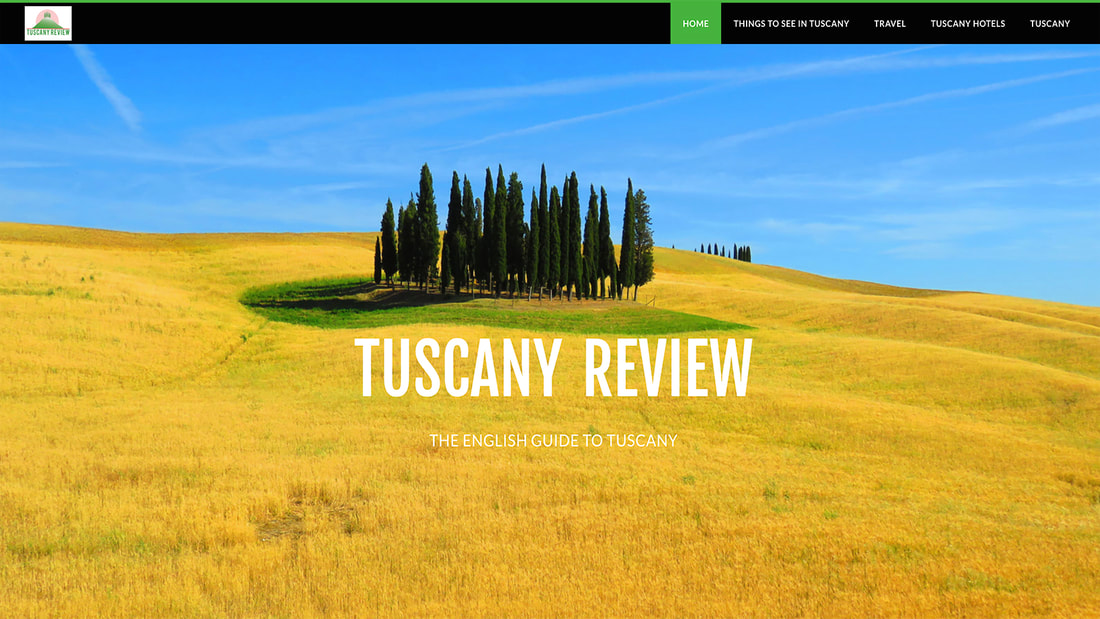Veneto
Latest update: 22 March 2023
|
The Veneto is one of the prettiest regions of Italy that will appeal in particular to lovers of nature, history and glamorous locations. It's capital Venice needs little introduction but is one of four different cities in the region listed as UNESCO World Heritage Sites.
One of those cities listed by UNESCO is the ancient city of Verona which particularly flourished during medieval times and then the Renaissance. The Verona Arena can be likened to a mini-Colosseum but the big difference is Verona's ancient structure is still used to this day for evening concerts and other events. |
|
Related links
Regione Veneto
|
Regional capital: Venice
Population: 4,869,830 (source: ISTAT 1 January 2022) Size: 18,345 km² Provinces: 7 Highlights: Venice, Verona, Padova, Vicenza, Bassano del Grappa |
The city centre of Vicenza is a treasure trove of Palladian architecture while the surrounding area is home to many villas designed in the same style. Another example of Palladio's work can be found in nearby Bassano del Grappa where his unique bridge (Ponte Vecchio - not the one in Florence) spans the River Brenta.
The fourth UNESCO listed city, Padua, owes its inscription to its Botanical Garden of Padua, founded in 1545 making it the longest-surviving of its kind in the world. Padova can also boast arguably the finest square in Italy: the incredible Prato della Valle along with other sights such as the Scrovegni Chapel with its frescoes by Giotto.
Veneto is divided into seven provinces and the four cities listed above are the capitals of their provinces of the same name. The three remaining cities of Treviso, Belluno and Rovigo each have their own distinct characters, as do their provinces.
The city of Treviso rests on a series of canals while the eponymous province is the buffer zone between sea and mountain. One of the main sights here is the historic town of Vittorio Veneto, a town whose name is celebrated throughout the country as it was the location of a decisive battle between Italian and Austro-Hungarian forces during World War One. The medieval borgo of Serravalle is of particular interest; not only for its architecture but for the fact you can still see bullet-holes on the walls from the aforementioned battle.
Rovigo is the province of the Po Delta Regional Park, an area of wetlands, where the River Po meets the Adriatic Sea, teeming with wildlife and a unique biodiversity.
The northernmost province of Veneto is Belluno, a mountain region where the Dolomites loom large, providing breathtaking scenery and some of the country's best ski resorts; Cortina d'Ampezzo among them. Here you'll also find a vibrant summer destination with beautiful lakes such as Misurina and Alleghe, the mountain town of Asiago or the smaller towns of the Cadore region such as Pieve, Auronzo, San Vito and Santo Stefano.
Of course when mentioning lakes, it's impossible to omit Lake Garda, the largest lake in Italy which covers three regions. Lombardy and Trentino Alto-Adige/South Tyrol make up Lake Garda's western and northern shores while Veneto has most of the eastern half including the towns of Peschiera del Garda, Malcesine and Lazise.
Venice is the province not only of the famous city and former maritime republic, but also of the Venice Lagoon with its many islands waiting to be discovered; my personal favourites are Burano and Pellestrina for their displays of colour. At the southern end of the lagoon is a wonderful seaside town called Chioggia which is like a mini-Venice without the crowds, while further north, above Venice is the resort of Caorle, with its own brightly-coloured buildings but also, an expansive, sandy beach.
The province of Verona is home not only to Lake Garda and Verona itself, but also to a wonderful park called Parco Giardino Sigurtà. You can make your way around the park by golf buggy or electric bicycle and this really is one of the most enjoyable days out you can have in the whole region. The gardens are immaculate with incredible pristine lawns and a maze that takes a good while to fathom.
Veneto is also one of the most important wine regions in Italy; it's the home to Prosecco, Valpolicella and Bardolino to name just a few and there are dozens of great vineyards where you can try the wines.
There is a good deal more to see in the region than those places listed above which are merely the highlights. For more in-depth coverage check out the things to see in Veneto page below.
The fourth UNESCO listed city, Padua, owes its inscription to its Botanical Garden of Padua, founded in 1545 making it the longest-surviving of its kind in the world. Padova can also boast arguably the finest square in Italy: the incredible Prato della Valle along with other sights such as the Scrovegni Chapel with its frescoes by Giotto.
Veneto is divided into seven provinces and the four cities listed above are the capitals of their provinces of the same name. The three remaining cities of Treviso, Belluno and Rovigo each have their own distinct characters, as do their provinces.
The city of Treviso rests on a series of canals while the eponymous province is the buffer zone between sea and mountain. One of the main sights here is the historic town of Vittorio Veneto, a town whose name is celebrated throughout the country as it was the location of a decisive battle between Italian and Austro-Hungarian forces during World War One. The medieval borgo of Serravalle is of particular interest; not only for its architecture but for the fact you can still see bullet-holes on the walls from the aforementioned battle.
Rovigo is the province of the Po Delta Regional Park, an area of wetlands, where the River Po meets the Adriatic Sea, teeming with wildlife and a unique biodiversity.
The northernmost province of Veneto is Belluno, a mountain region where the Dolomites loom large, providing breathtaking scenery and some of the country's best ski resorts; Cortina d'Ampezzo among them. Here you'll also find a vibrant summer destination with beautiful lakes such as Misurina and Alleghe, the mountain town of Asiago or the smaller towns of the Cadore region such as Pieve, Auronzo, San Vito and Santo Stefano.
Of course when mentioning lakes, it's impossible to omit Lake Garda, the largest lake in Italy which covers three regions. Lombardy and Trentino Alto-Adige/South Tyrol make up Lake Garda's western and northern shores while Veneto has most of the eastern half including the towns of Peschiera del Garda, Malcesine and Lazise.
Venice is the province not only of the famous city and former maritime republic, but also of the Venice Lagoon with its many islands waiting to be discovered; my personal favourites are Burano and Pellestrina for their displays of colour. At the southern end of the lagoon is a wonderful seaside town called Chioggia which is like a mini-Venice without the crowds, while further north, above Venice is the resort of Caorle, with its own brightly-coloured buildings but also, an expansive, sandy beach.
The province of Verona is home not only to Lake Garda and Verona itself, but also to a wonderful park called Parco Giardino Sigurtà. You can make your way around the park by golf buggy or electric bicycle and this really is one of the most enjoyable days out you can have in the whole region. The gardens are immaculate with incredible pristine lawns and a maze that takes a good while to fathom.
Veneto is also one of the most important wine regions in Italy; it's the home to Prosecco, Valpolicella and Bardolino to name just a few and there are dozens of great vineyards where you can try the wines.
There is a good deal more to see in the region than those places listed above which are merely the highlights. For more in-depth coverage check out the things to see in Veneto page below.

